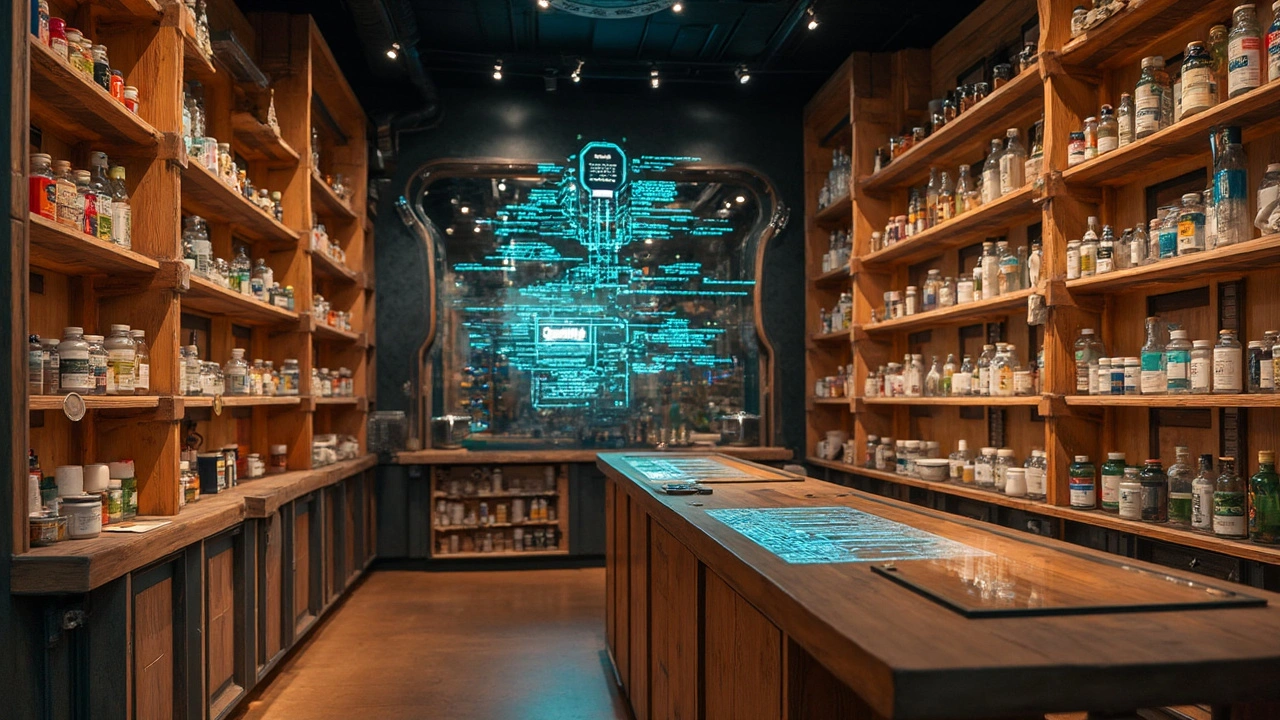February 2025: Practical REM Sleep Tracking and New Prelone Alternatives
Two useful posts landed on PharmaExpressRx in February 2025. One breaks down how to track and understand REM sleep so you can actually improve rest. The other walks through current alternatives to Prelone (prednisolone) with pros, cons, and things to check with your provider. Below you’ll find the key takeaways and quick steps you can use right away.
Track REM sleep without overthinking
REM sleep matters for memory, mood, and recovery. If you want to track it, start simple: note bedtime, wake time, naps, caffeine and alcohol use, and how you feel on waking. Combine that diary with a tracker if you want numbers. Popular wearables (Apple Watch, Oura, Fitbit) and dedicated sleep trackers give REM estimates by combining motion, heart rate, and heart-rate variability. They’re not perfect, but they show trends.
Focus on three practical metrics: total REM minutes, REM as percentage of sleep, and REM continuity (how often REM is interrupted). For adults, REM typically makes up about 20–25% of sleep across the night, with longer REM periods toward morning. If your REM looks very low, very high, or frequently fragmented, consider these next steps: improve sleep hygiene (consistent schedule, limit late caffeine and alcohol, cool dark room), reduce evening screen time, avoid large meals before bed, and keep naps short. Log changes for a few weeks to see real trends.
If your tracker shows extreme irregularities—like almost no REM for weeks, dramatic REM spikes, or REM paired with oxygen drops—talk to your doctor. A sleep study (polysomnography) is the only way to accurately measure REM and diagnose disorders like sleep apnea or REM behavior disorder.
Alternatives to Prelone in 2025: what to consider
Prelone (prednisolone) is a steroid many use for inflammation. In 2025 there are more tailored choices depending on your condition. The article lays out five options and what to expect from each: nonsteroidal anti-inflammatory drugs (NSAIDs) for short-term pain, topical or inhaled steroids for localized inflammation, biologic drugs for immune-driven diseases, low-dose disease-modifying drugs where appropriate, and certain herbal anti-inflammatories like turmeric or boswellia as adjuncts.
Each alternative has trade-offs: NSAIDs can affect the gut and kidneys, biologics require monitoring and may be costly, and herbs can interact with prescription meds. The best move is a targeted plan with your clinician: define the treatment goal (quick relief vs long-term control), review side effects, and set a follow-up and monitoring schedule. The post also suggests non-drug options—physical therapy, diet changes, and targeted injections—that can reduce steroid need.
Want both reads? Check the full posts on PharmaExpressRx for device suggestions, exact markers to watch in your sleep data, and a side-by-side comparison of the five Prelone alternatives. If you have specific symptoms or a chronic condition, bring printed notes from your tracker and questions about alternatives to your next appointment—that makes decisions faster and safer.

